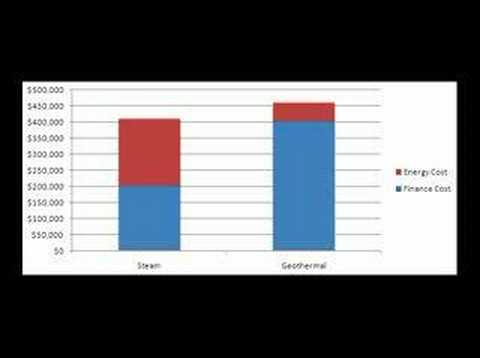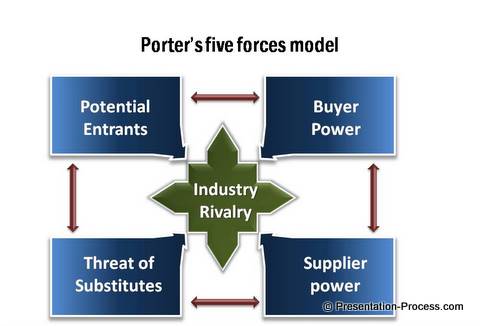
The requirements may change often, and the cost of delay is high. Ask yourself if the project requires constant monitoring or feedback from the client. In waterfall model, output of one phase is input to next phase. The waterfall model is the most suitable model when the ___ are crystal clear and don’t change frequently.
There are several models of the cycles and each one lends itself to different applications. They all consist of the same basic steps that are equally important. Moreover, each can be adjusted to work better for specific teams or projects. Waterfall represents the oldest, simplest, and most structured methodology. Each phase depends on the outcome of the previous phase, and all phases run sequentially.
Analysis of Strengths and Weakness of SDLC Models
In sprint backlog, each item is divided into small steps called tasks. SB defines all tasks that developers undertake to complete during a particular sprint. So, the developers are designing the architecture at this phase of the software life cycle.
- People consider Scrum and Extreme programming the two different implementations of Agile.
- Each software development life cycle model starts with the analysis, in which the stakeholders of the process discuss the requirements for the final product.
- However, it’s nearly impossible to plan a project that lasts one year or even more.
- The waterfall is the oldest SDLC methodology used for the Software Development Life Cycle.
- There are several pitfalls that threaten to negatively impact an SDLC implementation.
People have already developed frameworks for efficient project management called software development methodologies. In the article, we’ll look at the most common ones, see what steps they include, and discuss how to choose the most suitable option according to the requirements. In software development, if an application needs to work on the first try at the risk of losing customers, waterfall is a suitable method because it sets out to achieve that goal.
Main Types of SDLC Models: Overview
Going through scenarios and how the system can be used is helpful in design. The system requirements can be communicated clearly to all stakeholders. It is essential that these requirements are clear and approved before work begins. Examine what business and technology leaders must do to achieve successful business transformation and take control of the risks that are inherent in software.
It consequently increases the chances of success of your development projects. It was designed to include the best features from the waterfall and introduces risk-assessment. As you progress in your career as a developer, you’ll be increasingly expected to think about software architecture. Developing that skill is a great way to set yourself apart from the pack. In this Skill Path, you’ll cover everything you need to know to design scalable systems for enterprise-level software.
Software Development Life Cycle
Each phase of the project involves business modeling, analysis and design, implementation, testing, and deployment. As part of their embrace of this methodology, many teams also apply an Agile framework known as Scrum to help structure more complex development projects. Scrum teams work in sprints, which usually last two to four weeks, to complete assigned tasks.
The customer evaluates, provides feedback, and the team continues working on the prototype. Instead of starting fully knowing all the requirements, developers implement a set of software requirements, test them, and improve them. So, a new version of the software is produced in every iteration. Derived https://traderoom.info/crossing-3-sliding-averages-simple-forex-strategy/ from the Waterfall model, V-model is also called the Verification and Validation model for the SDLC process. Moreover, the V-model is characterized by a corresponding testing phase for every development stage. In a V-shaped model, every new step starts only after completing the previous one.
Create a chatbot that delivers
Then, the product passes the stages of a chosen software development methodology (XP is the most popular option in terms of Scrum). At the end of the sprint, the team delivers the developed part of the product, and then it’s time for the retrospective – sprint review and analysis. So, the Iterative SDLC model does not require a complete list of requirements before the project starts.
The corresponding testing phase of the development phase is planned in parallel, as you can see above. Larger projects mean bigger teams, so you’ll need more extensive and elaborate project management plans. The Waterfall model approach for the system development divides the whole process of system development into separate phases. The testing phase is essential in ensuring a system works properly.
Spiral Method
A Kanban board helps to visually describe work at various phases of the work process. The board is an example of how the Kanban approach can be implemented for managing work at a personal and organizational level. Depending on each team’s model, the phase may be conducted in sprints (Agile) or a single block (Waterfall).
What unit test coverage percentage should teams aim for? – TechTarget
What unit test coverage percentage should teams aim for?.
Posted: Wed, 15 Dec 2021 08:00:00 GMT [source]
If we’re speaking about the classification of SDLC models and methodologies, they can be divided into numerous groups according to different criteria. While programmers fix bugs and add new features, a DevOps specialist plans, and schedules the ongoing release. After the developers’ work is done, DevOps releases a new version to an app distribution platform or the server if we’re talking about the web apps. A product manager is responsible for analyzing the data gathered based on the first feedback from real users. So that a team can make conclusions about which practices were successful and which ones they better replace. Through examining this prototype, the client gets a better understanding of the features of the final product.
Which is the first SDLC model?
The Waterfall model is the earliest SDLC approach that was used for software development. The waterfall Model illustrates the software development process in a linear sequential flow.




